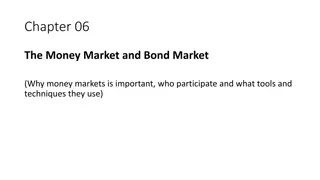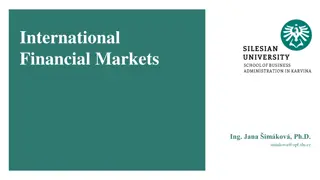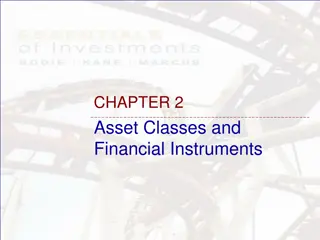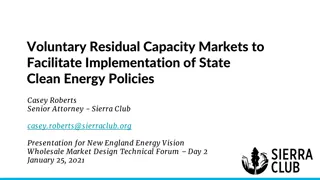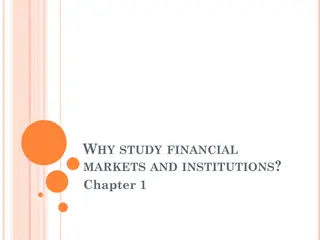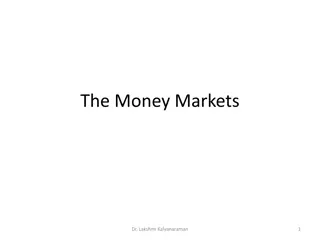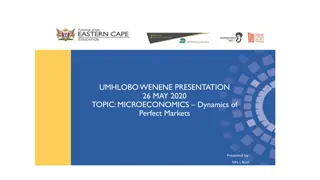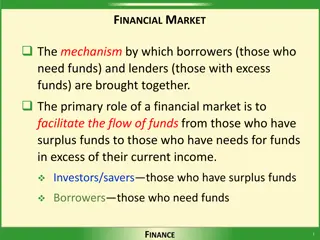Understanding Say's Law of Markets in Economics
Say's Law of Markets, a theory from classical economics, posits that the ability to purchase is dependent on the ability to produce and generate income. This principle highlights that production drives economic growth, emphasizing the importance of encouraging production over consumption. The law remains relevant even in a money economy, as money is viewed neutrally by classical economists, serving as a medium of exchange. Total production equals total income in an economy where supply creates its own demand.
Download Presentation

Please find below an Image/Link to download the presentation.
The content on the website is provided AS IS for your information and personal use only. It may not be sold, licensed, or shared on other websites without obtaining consent from the author. Download presentation by click this link. If you encounter any issues during the download, it is possible that the publisher has removed the file from their server.
E N D
Presentation Transcript
CHAP-5 SAY S LAW OF MARKET
Introduction Say's Law of Markets is theory from classical economics arguing that the ability to purchase something depends on the ability to produce and thereby generate income. Say reasoned that to have the means to buy, a buyer must first have produced something to sell. Thus, the source of demand is production, not money itself. Say's Law implies that production is the key to economic growth and prosperity and the government policy should encourage (but not control) production rather than promoting consumption.
SAYs Law in a money economy The classical economists believed that SAY s law was equally important in a money economy . The existence of money does not alter the basic law . The introduction of money does not make any difference because money is used only as a medium of exchange . According to classical economists money is neutral and does not influence the real process of production and distribution . If we assume that there is no saving and hoarding of money , then income received by households will be spent on consumption goods and services . In this case money flows will correspond to the real flows of productive resources and goods and services.
Explanation of diagram Say's Law is explained with the help of simplified circular flow in figure 32.1. Says Law means that supply creates its own demand for goods and services. The income persons receive from output is spent to purchase goods and services produced by others. The very act of supplying certain level of goods and services necessarily equals the level of goods and services demanded. For the economy as a whole, total production therefore equals total income.







